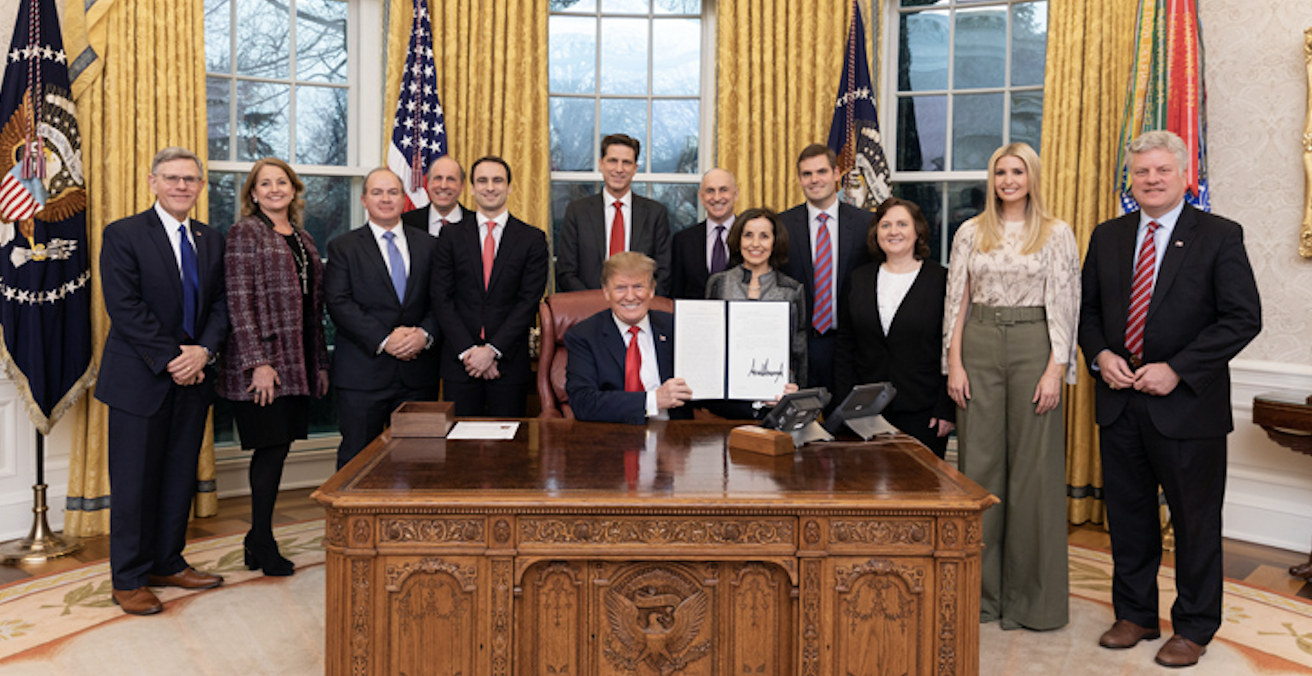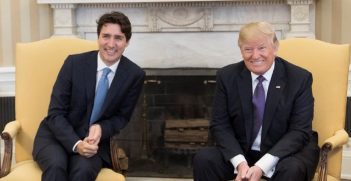Let’s Talk About AI, Again

Artificial Intelligence is a strategic battleground for today and tomorrow, but who will set the international norms?
A recent Sydney Morning Herald article reported comments from an interview with the mining billionaire Andrew “Twiggy” Forrest on Australia-China relations. Buried at the bottom of this article was a series of comments on China’s artificial intelligence (AI) capabilities. Mr Forrest said he was raising concerns with Chinese officials about the “moral dilemma” posed by AI.
Most interesting of all was the line that noted Forrest “had been told an AI policy was being discussed between strategic rivals [the] United States and China” while he was in China.
If this statement is true, then the international norms of AI are formally on the table between the two powers. Powers that both have a lot at stake in this competition of science, culture and technology. The side conversations of the current China-US trade negotiations may be very important indeed.
China announced its national AI strategy in 2017. A US $150 billion tranche of investment designed to make China the leading AI power by 2030. Last year, Lieutenant General VeraLinn “Dash” Jamieson, deputy chief of staff for intelligence, surveillance and reconnaissance on the Air Staff at the Pentagon said, “We estimate the total spending on artificial intelligence systems in China in 2017 was $12 billion. We also estimate that it will grow to at least $70 billion by 2020.”
With this level of investment going on in China, the United States needed a counter move, and on 12 February this year, President Donald Trump announced an Executive Order on Maintaining American Leadership in Artificial Intelligence.
There is no envelope of funding wrapped up in this executive order. Instead, there is guidance for the whole US public service to begin prioritising their already allocated research and development expenditure on AI. The key objective being to “promote sustained investment in AI R & D in collaboration with industry, academia, international partners and allies.”
Essentially, the executive order is one giant water course correction, an attempt to redirect the pre-existing research and development budgets of US government departments towards AI in a hope to match Chinese investment. No doubt with a primary focus on the Department of Defense, Health and Human Services, Energy, NASA and a smattering of various off-the-books expenditure streams.
Herein lies the rub, though. Money is not the most important input in becoming the world-leading AI power, neither are human resources and expertise. Certainly, they’re both important, but they are outweighed by an order of magnitude by AI’s key input, data. Big data, and lots of it.
Data is what AI is trained on. Simply put, China generates titanic quantities of domestic data – enough to train world-leading AI solutions without relying on sourcing or ingesting data from any foreign country. Once those AI agents are trained, they can be deployed and sold around the world. Once deployed, they collect even more data – which they will try and route via China for analysis and secondary use, national regulations permitting. Much the same as most current US technology solutions.
However, US data laws in an area like healthcare, are particularly lax compared to China. If we’re ranking data protection for medical, healthcare and genomic data, the European Union’s General Data Protection Regulation protects identifiable information more than US regulations like the Health Insurance Portability Accountability Act. But China’s go even further by preventing data on Chinese individuals being exported from the country, and even domestically a permit is required for each use of genomic information.
A report released earlier this year, China’s Biotechnology Development, has pointed out how these lax US regulations constitute a national security risk. When National Security Advisor John Bolton accused China of the 2015 data breach, where 21.5 million records were stolen from the US Office of Personnel Management, he might have been right, or he might have been wrong. Either way, if you consider how many Chinese biotechnology companies now operate in the United States, and how much US medical information is being routed to and from China for legitimate analysis, it’s not entirely hypothetical to assume that China (if they were the source of that rather magnificent 2015 hack) might run some of those 21.5 million government personnel records against US healthcare data to identify high-value targets that could be blackmailed for undisclosed medical conditions. Even if China isn’t the source of the 2015 hack, AI-enabled tools combined with the current streams of US medical and healthcare data being outsourced to China for analysis would provide some pretty powerful insights.
It is and will continue to be AI that trawls through legitimately and illegitimately sourced data for usable intelligence. It is and will continue to be AI that conducts real-time facial recognition and predictive behavioural analysis. And it will be AI that derives insights from combining all of this data with medical, healthcare and genomic information. Suppose a genetic link can be established for loyalty or susceptibility to flattery, as the report China’s Biotechnology Development points out, obviously this would be exploited.
When you hear talk about increasing competition over AI around the globe, don’t immediately think lethal autonomous weapon systems, facial recognition and the financial markets. The weakness in AI has always been the human: the human coder, the human user and the human data ingested by a deployed AI agent.
The structure of our current data protection laws magnifies human-oriented weaknesses in our social, cultural and political structures. It is these weaknesses that are most susceptible to the less than ideal, if not outright malevolent, applications of AI.
Perhaps the United States and China are talking about this, perhaps they’re not.
Thom Dixon is the vice president for the Australian Institute of International Affairs NSW. He is a research fellow with Remi AI, an artificial intelligence company based in Australia and the United States.
This article is published under a Creative Commons License and may be republished with attribution.





